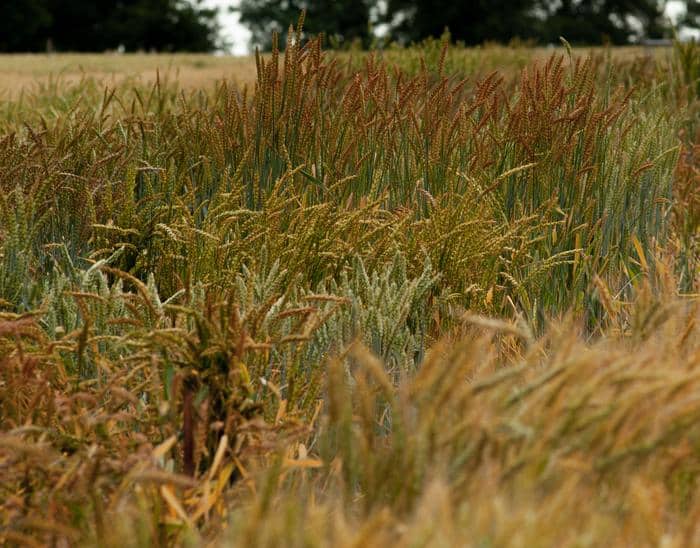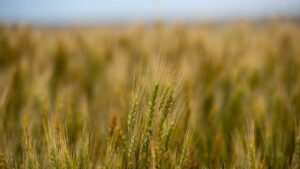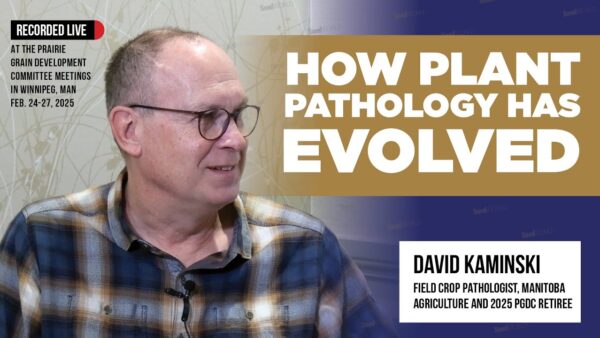An international study, published in Nature, has revealed that at least 60% of the genetic diversity found in a historic collection of wheat is unused providing an unprecedented opportunity to improve modern wheat and sustainably feed a growing global population.
To make this discovery, a cross-institutional collaboration was led by Dr. Simon Griffiths at the John Innes Centre and Professor Shifeng Cheng at the the Agricultural Genomics Institute at Shenzhen, Chinese Academy of Agricultural Sciences (CAAS), according to a press release. Along with research teams from Rothamsted and other institutions, they studied the A.E. Watkins Landrace Collection — a historic collection of local wheat varieties no longer grown anywhere in the world — and compared it with modern wheats.
“We built a collaborative and complementary consortium with full openness, making resources in germplasm, genomic and phenotypic datasets, publicly available through the Watkins Worldwide Wheat Genomics to Breeding Portal,” Cheng said. “Our effort has facilitated and accelerated many existing projects both in fundamental research and in breeding practices.”
Comprehensive phenotyping was essential for the study’s success, conducted at experimental stations across three UK locations and five field evaluation sites across northern to southern China, evaluating 137 traits.
The team developed a wheat genomic variation map and a haplotype-phenotype association map. A comparison between landraces and modern cultivars revealed that modern wheat varieties utilize only 40% of the genetic diversity present in the Watkins Collection.
The A.E. Watkins landrace collection of bread wheat (Watkins collection) assembled in the 1920s and 1930s from 32 countries, represents the most comprehensive collection of historic wheat anywhere in the world.
The releases notes that the collection provides a snapshot of the diversity of cultivated wheat before the advent of modern, systematic plant breeding and shows how the genetic variation is dispersed in clusters, or ancestral groups, around the world.
Genomics and bioinformatics analysis by researchers at the Agricultural Genomics Institute in Shenzhen revealed that modern wheat varieties predominantly originate from central and western Europe. Of the seven ancestral groups in the Watkins collection, only two are currently used in modern plant breeding.
Using QTL mapping, GWAS, and NAM GWAS, the team identified unique haplotypes from the Watkins Collection that provide beneficial traits in modern wheat varieties. This discovery offers breeders insights into valuable genetic loci and alleles for breeding programs. Key traits found in this untapped diversity include nitrogen use efficiency, slug resistance, and resilience to pests and diseases.
The team selected 119 diverse landraces from the Watkins collection, representing its genetic breadth. These landraces were crossed and backcrossed with modern wheat varieties, resulting in a collection of 12,000 wheat lines now housed in the Germplasm Resource Unit at the John Innes Centre.
This means that for the first time in 100 years these lost traits have been incorporated into modern wheat, and the data and tools are already being used to improve crops.
In collaboration with UK commercial plant breeders, the team has developed the freely accessible breeder’s toolkit — a suite of online resources that are open-source and globally accessible. This toolkit integrates tools for the research and breeding communities, enabling access to new, beneficial diversity to promote sustainable and resilient wheat production both now and in the future.
These germplasms, resources, and toolkits developed in the study are currently undergoing further evaluation at various experimental stations in China. It is anticipated that these efforts will substantially advance wheat genetic improvement and breeding practices in China.











